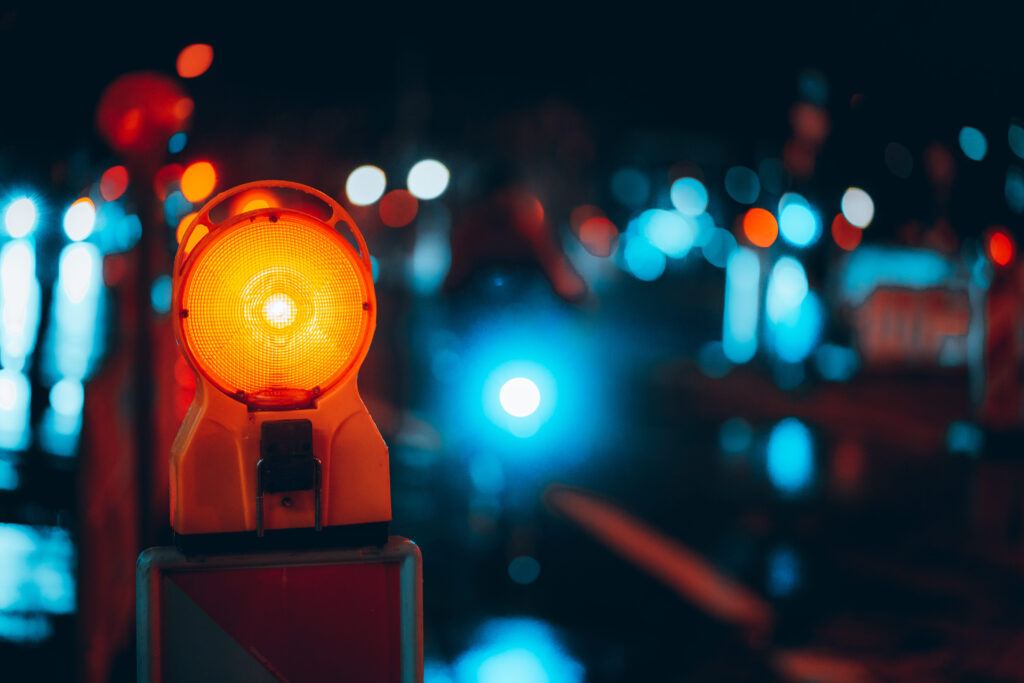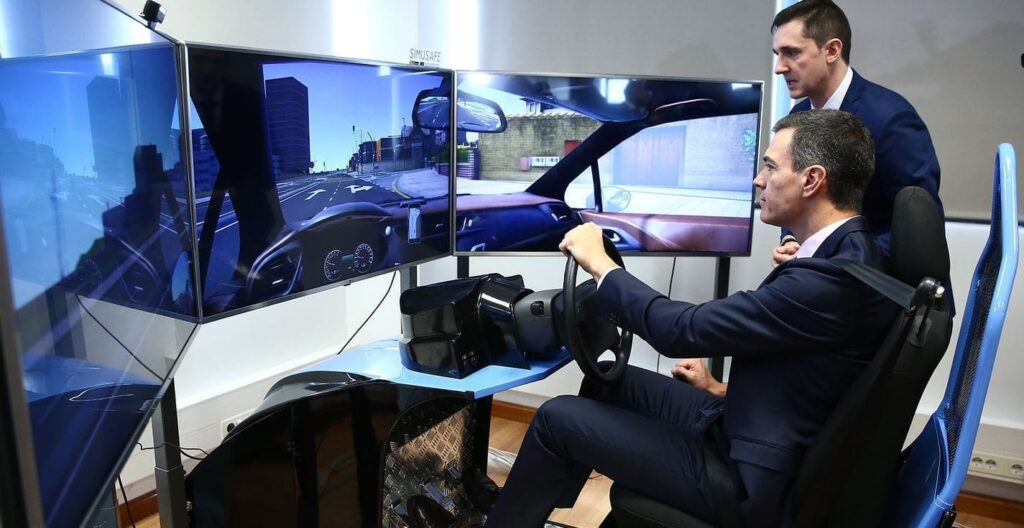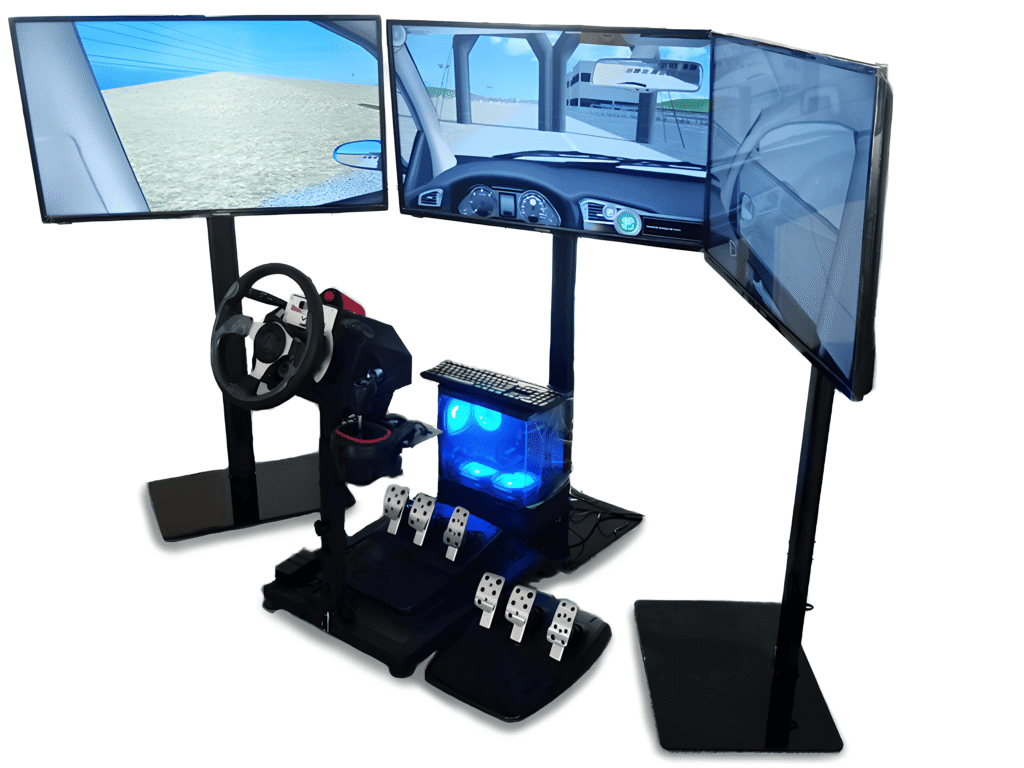As the use of the new V-16 emergency light signal is already being implemented, which came to replace the already known triangles. You should know that the new regulations of the Dirección General de Tráfico (DGT) stipulate that this light must be used in the event of an accident or breakdown.
And although you should know that the new V-16 emergency light signal can coexist with the traditional triangles until 2026. Some aspects of the regulations state that it is much more advisable to use the luminous signal.
Regulatory changes with the implementation of the V-16 emergency light signal
You should know that, in the Royal Decree, some precepts of the General Traffic Regulations were changed. Particularly, point 3 of article 130, on how to act and signal the breakdown of a vehicle.
This stipulates that, If you have an accident or breakdown that forces you to stop your car on the road, you will not be able to place the triangles if you have to walk on the shoulder or on one of the lanes to do so.
This means that only if you leave the roadway (on the sidewalk or off the road in the case of interurban roads), you can get out of the car to put the triangle.
What has changed, in addition to the sign, is that previously this article only specified that signaling devices should be installed to warn other vehicles (unless traffic conditions did not allow this). But in no case was it forbidden to travel in the lanes or on the shoulder.
How does the V-16 emergency light work?
The new illuminated sign must be approved. This means that it must comply with certain requirements, among which are that must emit a yellow light with a visibility of at least one kilometer.
In addition, it must have an independent power supply, i.e. it must be powered by batteries, whose autonomy must guarantee a minimum of 18 months.
It must also be equipped with a geolocation system that, when activated, sends the location of the parked vehicle to the DGT 3.0 cloud every 100 seconds.
Finally, it must be placed on the roof of the vehicle to ensure maximum visibility. This also makes it clear that it must have magnets or some type of fastening to ensure that it is perfectly adhered.
You can also read: Spain, one of the best European countries in terms of road safety



